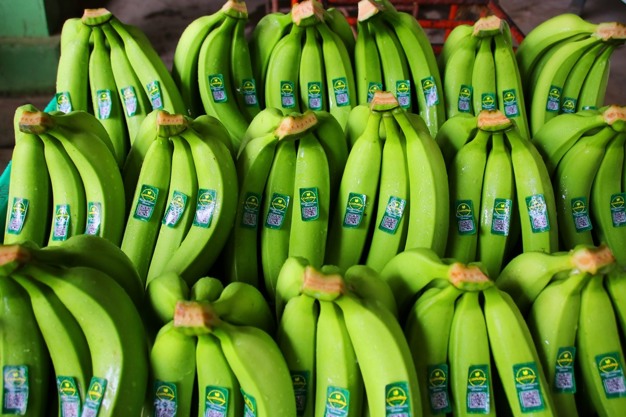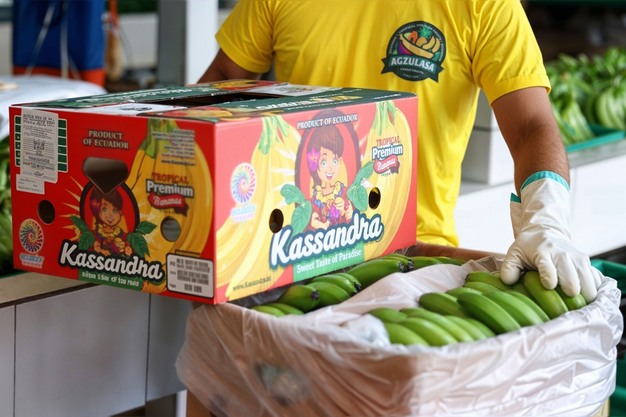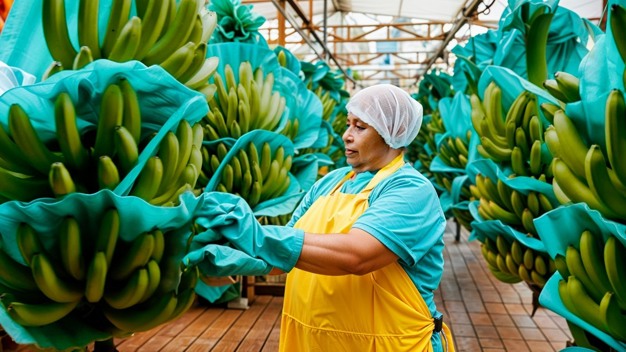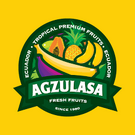The diversification of destinations, trade agreements, the evolution of spot prices, and consumer preferences in demanding markets are reshaping the outlook for Ecuadorian bananas.
As Marianela Ubilla, manager of Agzulasa, explains, the company has experienced significant growth in its participation in Asia since 2013, when it began exporting to China. "We started with two or three containers a week until we reached 50. Today, we ship 30 containers a week for two clients," she says. The decline is partly due to price pressure and the rise of Ecuadorian competitors entering the same market.

China currently accounts for only 4% of all Ecuadorian banana exports, but its growth potential is significant. However, it's a very demanding market, requiring the fruit to meet strict standards for presentation, sweetness, and resistance to damage. Additionally, the fruit must be exported in a special box format, which increases production costs. That's why we have redirected part of their supply to the Middle East, a less strict market that offers better margins," she stated.
 © Agzulasa CIA LTDA
© Agzulasa CIA LTDA
The scenario in South Korea is also promising. Currently, Ecuador supplies only 13% of the bananas that South Korea, a country with a population of 51 million, imports. "However, the recent trade agreement signed in September includes a tariff reduction from the current 30% to 0% over five years (6% annually), potentially opening up considerable growth opportunities. Korea is a niche market that is very demanding in terms of quality, presentation, and sweetness. If we manage to keep sustainable prices, we have a great opportunity," Ubilla stressed.
"Export volumes increased by 9% until May 2025, but production declined by 5% between June and August due to climate change effects, which impacted Ecuador's ability to meet international contracts. This situation, combined with the lack of fruit in Central America and strikes in Panama, led to a historic surge in spot prices, with buyers like Chiquita purchasing fruit in Ecuador at high prices to offset the low regional supply."

Diversifying destinations and clients to avoid relying on large single buyers is essential, Ubilla stated. Developing varieties with higher resistance and traits tailored to consumer preferences will be vital in maintaining the competitiveness of Ecuadorian bananas, she added. "We have the capacity to send up to 130 containers per week to China, but the challenge is to do so in a way that's both profitable and sustainable," she concluded.
 For more information:
For more information:
Marianela Ubilla
Agzulasa
Guayaquil, Ecuador
Tel: +593 98 985 2027
Email: [email protected]
www.ecuasabor.com
